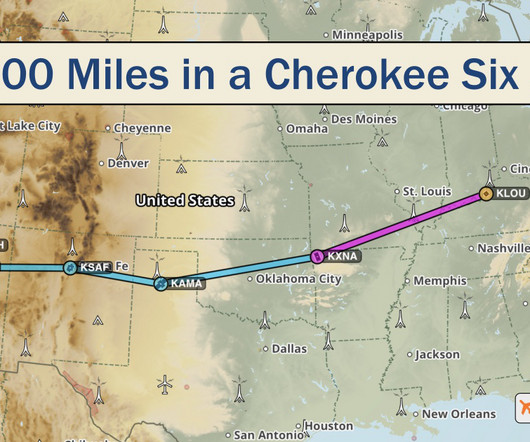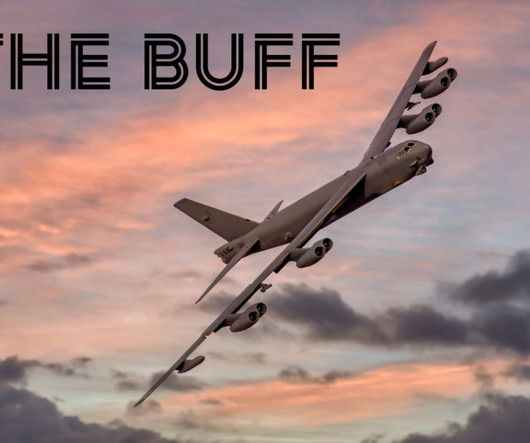Tailless Aircraft: How Airplanes Fly Without a Tail
Pilot Institute
JUNE 4, 2025
Elevons and Control Surfaces An ingenious solution is to combine the elevator and aileron, which gives you: the elevon. They combine the functions of elevators and ailerons. Theyre typically installed on each side of the aircraft at the trailing edge of the wing, where the ailerons typically are. Why design an aircraft this way?













Let's personalize your content